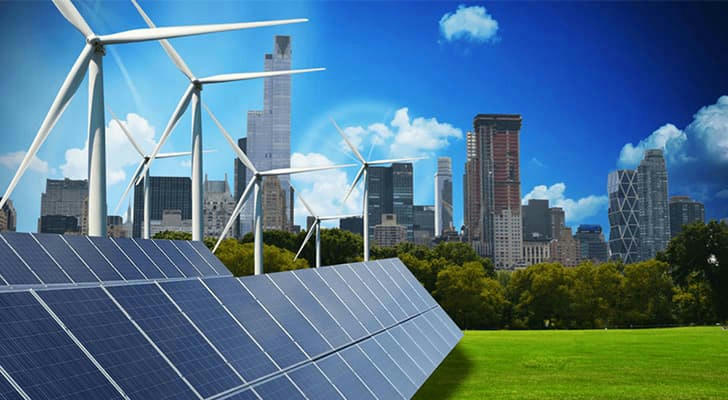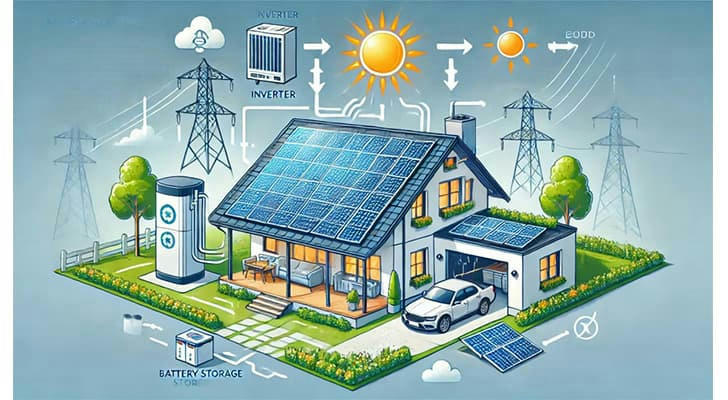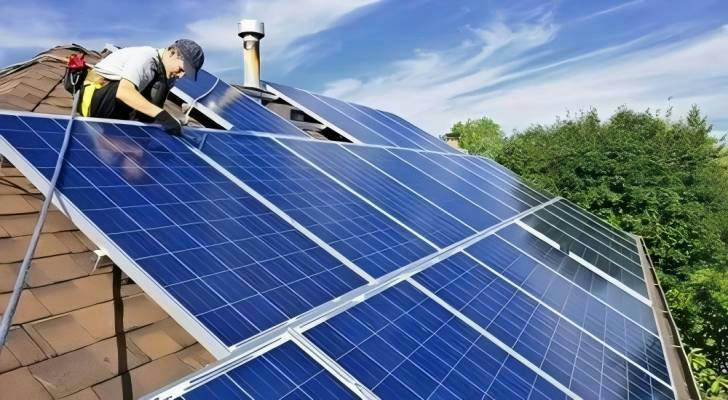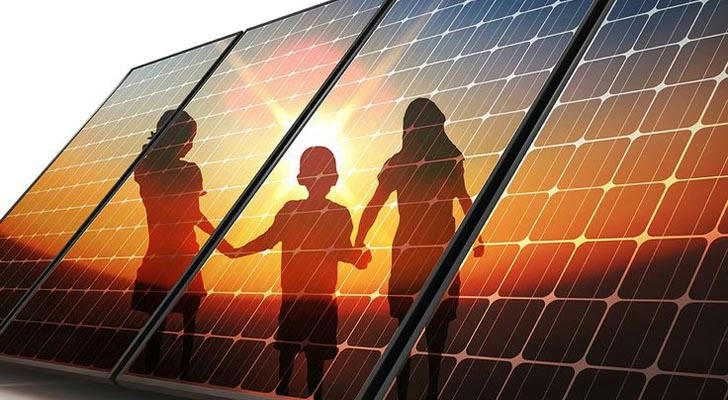How to Apply for Solar Subsidies in Australia for 2024?
As the demand for renewable energy increases, the Australian government has taken proactive steps to promote the development of the solar industry. In 2024, solar subsidy policies will continue to provide financial support for households and businesses looking to install solar systems.

Background of the Solar Industry
With the increasing global demand for clean energy, the solar industry has gradually become an essential component of renewable energy development. Australia boasts abundant solar resources, with long average sunshine hours, making it particularly suitable for solar photovoltaic (PV) and concentrated solar power (CSP) technologies. According to data from 2024, Australia's installed solar capacity has exceeded 30 GW, placing it among the top countries in the world.
Policy Background
The government's policy direction has played a crucial role in the development of the solar industry. As early as the early 2000s, Australia began implementing various policies to promote renewable energy. With technological advancements and increasing market demand, subsidy policies have evolved to adapt to new market conditions.

Main Subsidy Policies
1. Solar Subsidy Programs
The federal government's solar subsidy program is one of the most well-known incentive measures. This program provides financial subsidies to encourage households and businesses to install solar photovoltaic systems. The subsidy amount varies based on system size and installation conditions, typically reaching up to AUD 3,000. By reducing initial investment costs, the subsidy program effectively promotes the adoption of solar energy.
2. Renewable Energy Certificates (RECs)
The Renewable Energy Certificate system is another essential policy aimed at promoting renewable energy investment through market mechanisms. Under this policy, electricity retailers are required to purchase a certain number of renewable energy certificates to prove that their electricity supply includes renewable energy. Solar project developers can sell these certificates for additional income, further enhancing the economic feasibility of their projects.
3. Power Purchase Agreements (PPAs)
Power purchase agreements provide fixed income guarantees for large solar projects. By signing long-term agreements with power companies, developers can lock in future revenue, attract investment, and facilitate project construction. PPAs play a critical role in promoting commercial solar projects.
4. Local Government and Community Support
In addition to federal policies, many local governments and communities have introduced their own subsidies and incentive measures. These measures often include additional financial subsidies, low-interest loans, or tax benefits to further encourage local residents and businesses to adopt solar technology.
Implementation Effects of Policies
1. Surge in Installation Numbers
The implementation of subsidy policies has significantly increased the number of solar system installations. According to data, by 2024, the number of residential solar systems installed in Australia has surpassed 3 million. Many households have reduced their reliance on traditional grids and lowered electricity costs through self-generation.
2. Development of the Industry Chain
Subsidy policies have not only driven solar installations but also fostered the growth of the entire industry chain. From manufacturing to installation and maintenance, job opportunities in related industries have increased significantly, attracting substantial investment. The solar industry has become an important engine of economic growth in Australia.

How to Apply for Solar Subsidies in 2024
1. Prepare Application Materials
The first step in applying for subsidies is to prepare the necessary application materials, which typically include:
Identification: Such as a passport or driver's license.
Property Documentation: Such as a property title or lease agreement, proving you are the legal owner of the property.
Solar System Quote: A quotation from a registered solar installer that includes installation costs, equipment specifications, and other relevant information.
Renewable Energy Certificates (REC): If applicable, you need to understand the number of RECs your system can generate.
2. Choose a Qualified Installer
Choosing a qualified solar installer is a crucial step in the subsidy application process. You can select a suitable installer through the following methods:
Online Search: Search for registered solar installers online and check their reputation and customer reviews.
Ask for Recommendations: Inquire with friends, family, or neighbors for their recommendations and experiences.
Verify Registration: Ensure that the chosen installer is registered with the Clean Energy Regulator and is eligible to participate in the subsidy program.
3. Submit the Application
The steps to apply for the subsidy are as follows:
Contact the Chosen Installer: Discuss your needs with the installer and confirm the quote and installation plan.
Fill Out the Application Form: The installer will typically provide an application form that you need to complete with relevant information, including personal details, property information, and system specifications.
Submit Materials: Submit the prepared application materials along with the application form to the installer, who will then submit it to the relevant authorities on your behalf.
Await Review: The relevant authority will review your application, which may take varying amounts of time.
Receive Approval: Once your application is approved, you will receive the subsidy notification and instructions.
4. Install the Solar System
After receiving subsidy approval, the installer will arrange a date for the installation of the solar system. Once installed, the installer typically provides the following services:
System Inspection: Ensures the solar system complies with all technical and safety standards.
Operation Training: Educates you on the use and maintenance of the system.
Submit Final Certificate: The installer will submit the final REC application to ensure you can enjoy the corresponding subsidies.

How to maximize solar power and save on electricity bills?
1.Adjust Your Electricity Usage
Once your solar system is installed, maximize its benefits by altering your electricity consumption habits. Use high-energy appliances like washing machines and air conditioners during daylight hours when solar panels are actively generating electricity. This reduces the need to draw power from the grid during peak hours.
2.Integrate with the Grid
If feasible, connect your solar system to the national grid. This allows you to sell excess electricity generated during sunny days back to the grid, earning credits or financial incentives. When your system produces less than your consumption, you can draw from the grid, using your stored credits to offset costs.
3.Optimize Energy Management
Install an energy management system (EMS) to monitor and analyze your solar system's performance. This technology helps identify patterns, optimize energy use, and suggest improvements. By gaining insights into your energy consumption, you can make informed decisions to further reduce costs.
4.Adopt Energy-Efficient Practices
Beyond solar energy, incorporate energy-saving measures into your daily routine. Use energy-efficient appliances, maintain proper insulation in your home, and regulate heating and cooling systems to minimize energy waste. Simple actions like turning off lights when not in use and using programmable thermostats can significantly reduce your electricity consumption.
5.Regular Maintenance and Cleaning
Regular maintenance and cleaning of your solar panels are vital for maintaining peak performance. Dust, debris, and bird droppings can reduce the panels' efficiency. Schedule periodic inspections and cleanings to ensure optimal sunlight absorption and maximize electricity generation.
6.Leverage Government Incentives
Stay informed about local and national government incentives for solar installations. Tax credits, rebates, and grants can significantly offset the initial investment cost. Understanding and applying for these incentives can make solar energy more affordable and attractive.
Conclusion
Applying for solar subsidies in Australia for 2024 is not overly complicated, but it requires prior preparation to ensure eligibility and the selection of a suitable installer. By taking advantage of these subsidies, you can not only reduce the costs associated with installing solar systems but also contribute to the promotion of renewable energy use. With the government's increasing focus on renewable energy, the future prospects for the solar industry are bright.
If you have any questions or need further assistance, please feel free to contact relevant agencies or registered installers for professional advice and support.
